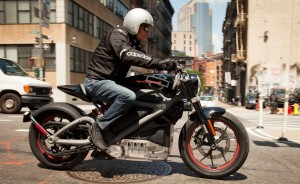Experiential marketing can be as simple as hosting an event that exposes your clients to your staff – the ones that clients don’t normally interact with. This is a highly effective way to convey values and enthusiasm and build deeper relationships with your clients. A critical success factor – one of the things you absolutely have to get right – is to set crystal clear goals and make sure some if not all are measurable.
Yes, measuring experiential marketing is not easy but it’s not impossible. Clearly the metrics around engagements and data collection are easily measured but what about the softer aspects? It’s important to track the viral effect (word of mouth) – both during the experiential campaign and afterwards as the effects decline. Again there is no substitute for metrics as these will not only help you evaluate the effectiveness of the campaign but will also greatly aid planning of subsequent campaigns. However, don’t allow the goals and metrics blind you to any unintended consequences that flowed from the campaign. Whether they are favourable or adverse you need to remain open minded about the campaign effects.
Executing experiential campaigns by using in house staff is always tempting as it can appear to reduce costs. There can be real benefits to bringing in external staff. A good example is the recent Harley Davidson – Project Livewire the Tour Experience.
This road show toured the USA during 2014 and exposed the Harley Davidson faithful to Livewire, an all-electric motorcycle. Clearly this was a big budget campaign – not least the production of at least 50 prototype electric motorcycles. Harley Davidson brought in an external team to manage and staff the Tour Experience. This was a smart choice in more than one way. By using an external team, not familiar with Harley’s product plans the team were unable to stray off brief and leak information about what the Livewire might cost or when if ever Livewire would go into production. Harley also made a big push to engage using social media – encouraging people who had ridden Livewire to share their experience via social media and have an opportunity to win Livewire gear. At each location local journalists also had an opportunity to engage with the product and then write copy – this ensured steady stream of “My Livewire Experience” content was generated throughout the year.
Whether you are Harley Davidson or a small law firm – experiential marketing can be a powerful tool and is well worth considering.


